--------------
A Neo-classical theme re-invented by Maison Denière:
Just like Adolphe Blanqui in 1851, we are immediately "seized" by "the exuberant (..) sculptural beauty, of extraordinary vigor and brilliance" of this sumptuous horological piece of "great manufacturing" created by the Maison Denière (1815-1901).
Listed in one of the Sales Catalogs of "Models of Art and Furnishing Bronzes, ... of Great Decoration (..)" of this prestigious Parisian establishment (Paris, Hôtel Drouot, sale of 10, 11 and 13 February 1903) under number 168 (Louis XVI Style Clock, Two Children, Science, Cast on Old), it illustrates the distinguished know-how of these manufacturers of Art Bronzes (Jean-François then Guillaume Denière). In their century, worthy and "faithful representatives of French taste", they knew how "to meet the demands of enlightened amateurs" (H. Legrand, 1857) to combine with as much intelligence as virtuosity popular iconographic subjects, references and secular ornamental repertoires. In 1877, the art critic Louis Enault noted: "Very versed in the practice of industrial arts and, guided by already long experience, Mr. Denière, having full ownership of numerous models, has explored the various eras (.. .), and he took the most beautiful types to create a collection that we can say is unique today, He combines and marries one with the other with as much skill as taste" "while knowing how to combine with a very high degree of elegance and grace" (Industrial Arts: Vienna, London, Paris). Illuminated, these modalities of creation innervate the work that we present.
Topped with a luxuriant Vase covered with Rocaille finery (pomegranate bud, twisted channels, gadroons; detached handles with scrolls of crossettes, half-shells; mascaron with simian bearded features) inspired by the "Book of Vases" (1730) by Edme Bouchardon (1698-1762), the body of this consciously crafted watch piece is organized around the bushel of the clock. Embellished not without panache on its architectural form with palmettes and acanthus florets, foliage garlands, floral falls or bell-shaped bases, the latter, crafted on a guilloche background with Louis-Quatorzian motifs (interlacing, lambrequin) accommodates the white enameled dial . Set with a beautiful thread of pearls, it indicates the hours and minutes in Roman and Arabic numerals by two openwork hands and, like the movement, bears the signature of "DENIERE/ Ft de BRONZES/A PARIS" - Maison "which occupies (a) - and still occupies for the Antique Watchmaking Lover - "an eminent place in the world of the arts"
On either side, two exquisitely chiseled childish figures are depicted sitting sedately on robust scrolling side consoles trimmed with becoming fabrics. Seized in a studious attitude, one foot placed on stacked scholarly folios or on a voluminous ironwork, one - a little boy -, her right hand riveted to a calamus, applies herself to writing/drawing on a tablet which he holds firmly on his folded left leg; the other - her hair surrounded by a ribbon (little girl?) - seems captivated by the pages of a work nestled on her right knee. Forming a pendant, these vigilant toddlers with tender and sweet faces resume, adapted to this watch piece symbolizing in view of the aforementioned Catalog "La Science" and, further on "L'Etude" - two notorious works of French Neo-classicism from the last third of the 18th century: The Child Drawing and The Child Reading, by the sculptor Charles-Gabriel Sauvage, known as Lemire (1747-1827). Of these subjects modeled by the artist around 1795 for the Dihl and Guérhard porcelain factory (1781-1828), the Louvre Museum in Paris holds lost wax cast bronze proofs (0A 11223 and 11224) made during the years 1810-1820 by one of the most eminent Parisian bronzier-engraver of this period, Pierre-Philippe Thomire (1751-1843).
With these iconographic references, Maison Denière thus intended to perpetuate in the heart of an elitist 19th century the great tradition of clocks with edifying subjects -Study and Philosophy", "Arts and Sciences", "Reading and Literature",... - whose fortune within the watchmaking production of the reign of Louis XVI was never denied. But this, in view of the models initiated by their illustrious predecessors (Robert Osmont, Jean-Louis Prieur,..) , with a touch of light and unusual fantasy conducive to seducing in these prosperous times a clientele more enamored of gallant than scholarly jousts Surrounded on its molded profile with an opulent ribboned torus of grained laurel, the base with projections of the clock. comes alive with the presence of a pair of doves carved with virtuosity, frolicking, wings spread, near a crown adorned with blooming country flowers, these volatile Venusians are perched on a rectangular cartouche. Framed by undulating ribbons. an acanthus floret, the latter is adorned with a delicate sentimental trophy (bow, quiver with fletched arrows, torchiere with flaming brand linked by a knotted ribbon). Adjusted to the aesthetic sensitivity of the time, these feminine decorative motifs of Louis XVI nuance nuance the "didactic" scope of this ceremonial clock with poetic tenderness.
Dramatized by a vigorous lateral base with ample Rocaille motifs of rough-edged shell with seeds, this sculptural horological piece rests on a counter-base in molded white marble hemmed with a thread of pearls and equipped with six foliaged spinning top legs.
Formal amplitude, plastic beauty, erudition and inventiveness are the key words of this remarkable watch piece signed by Maison Denière, the production of which a contemporary was to praise in these terms:
" (..) nothing comes out of Maison Denière where the most difficult judgment can find reason to correct. Composition, drawing, carving, everything is perfectly impeccable, and it is a celebration for the Amateur and the man of taste than to browse these clocks, these candelabras, these torchères which follow one another and never recur (..)” (Octave Lacroix, 1873).
------------
Related literature: Blanqui, Adolphe, Letters on the Universal Exhibition of London..., Paris: Capelle, 1851; - Paris, Hôtel Drouot, Sales Catalog (February 10, 11, 13, 1903 - First part) of "Models of Art, Furnishing, Lighting and Large Decoration Bronzes (..) from Maison Denière (..), Paris: 1903;- Enault, Louis, Les Arts Industriels: Vienne, Londres, Paris, 1877, Vol I, chap.III, p.17 et seq.;-Lacroix, Octave, International Exhibition, London, 1872.Report of the Superior Commission, 1873;-Legrand, Henri, Album, Paris, 1857;-A.Lefebure , Musée du Louvre, New acquisitions from the Department of Objects of Art, 1985-1989, Paris, RMN, 1990, pp.229-231.




























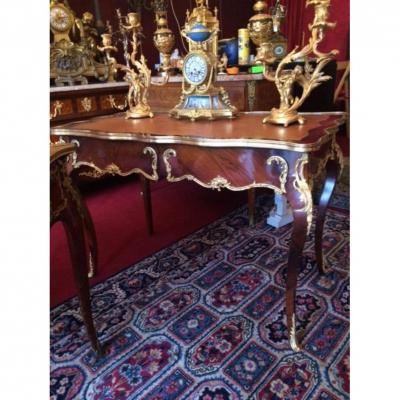


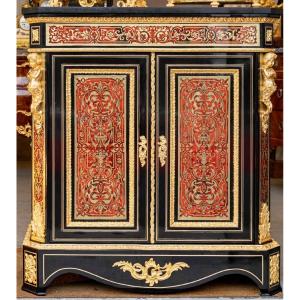
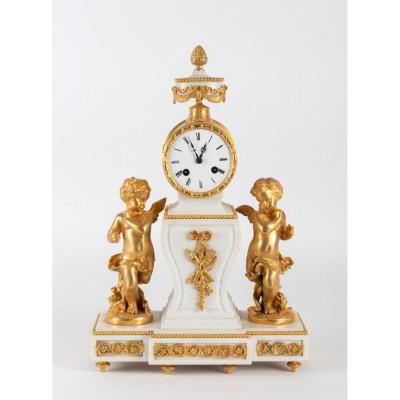

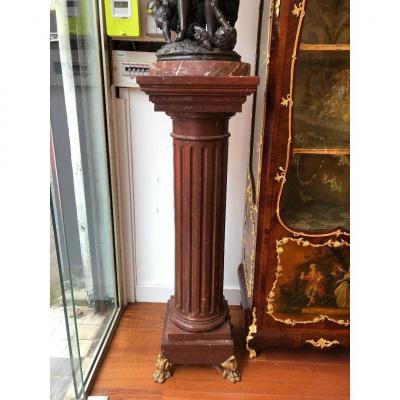

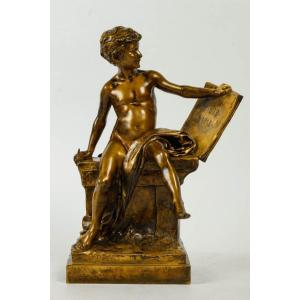





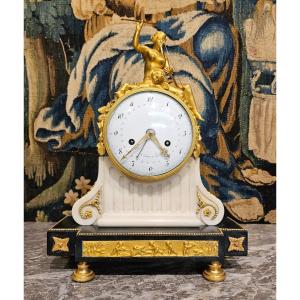
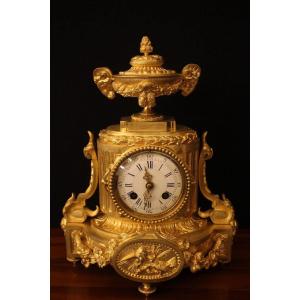
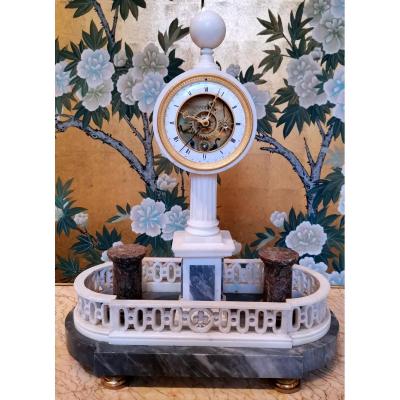



 Le Magazine de PROANTIC
Le Magazine de PROANTIC TRÉSORS Magazine
TRÉSORS Magazine Rivista Artiquariato
Rivista Artiquariato